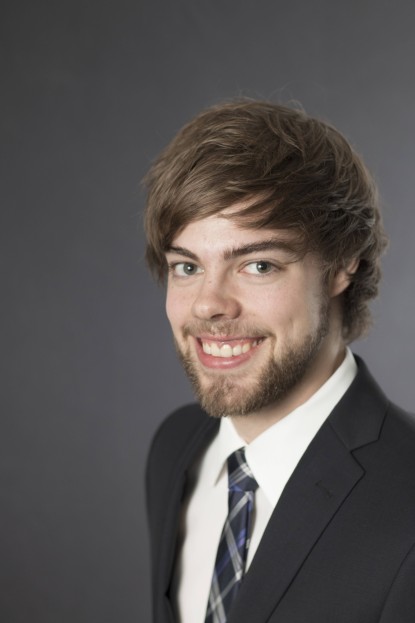Supervisors: Prof. Dr.-Ing. Jörg Lange, Philipp Grebner, M.Sc.
Supervisors: Prof. Dr.-Ing. Jörg Lange, Philipp Grebner, M.Sc.
Supervisors: Prof. Dr.-Ing. Jörg Lange, Philipp Grebner, M.Sc.
Supervisors: Prof. Dr.-Ing. Jörg Lange, Philipp Grebner, M.Sc.
Department of Steel Construction

Wire and Arc Additive Manufacturing
Here you can find a summary of our research in the field of additive manufacturing in steel construction using Wire and Arc Additive Manufacturing (WAAM).

What is WAAM?
Wire Arc Additive Manufacturing (WAAM) describes a 3D printing process in which a welding power source and a robot or gantry system are used. WAAM is based on gas metal arc welding, using the wire as printing material. In this way, complex three-dimensional structures can be produced using a welding robot.
WAAM at the Department of Steel Construction
A laboratory with two welding robots with state-of-the-art technology is available for research at the Steel Construction department. One of the research focuses concentrates on the production of solid structures. This currently involves the production of steel column structures. Continuous components are manufactured, as well as lattice columns using dot-by-dot welding. Another research focus is on the reinforcement of thin sheets using WAAM for perspective installation as free-form façades.
The department also produced the world's first steel bridge printed on site directly over flowing water, which can be seen in the cover picture.
WAAM laboratory at the IfSW
The test stand for additive manufacturing at the Department of Steel Construction at the Technical University of Darmstadt has the following components:
- two 6-axis industrial robots (COMAU)
- Fronius TPS 500 power source
- Fronius TPS 500i power source
- two welding tables (1200 x 1200 mm)
- Thermal imaging camera
- 4K cameras for process monitoring and creation of layer images
- Compressed aerosol cooling
- Welding data recording
The welding robots can be controlled together and individually.
Depending on the geometry, the installation space for production is approx. 2400 x 1200 mm. A wide variety of fixtures are available for fastening base material/sheets.
Wire diameters of 0.8 – 1.6 mm can be used (carbon steel). Higher alloyed steels could be welded on request.
We use inert and active gases as shielding gases, from pure argon 4.6 to a mixed gas with 18% CO2.
3D printing with steel – Mario and Luigi at the Technical University of Darmstadt
Recommended external content
We have selected external content from YouTube for you and would like to show it to you right here. To do this, you must reveal it with one click. You can hide the external content at any time with another click.
I agree to external content from YouTube being shown to me. This may result in personal data being transmitted to third-party platforms. You can find more information in our Privacy Policy.











